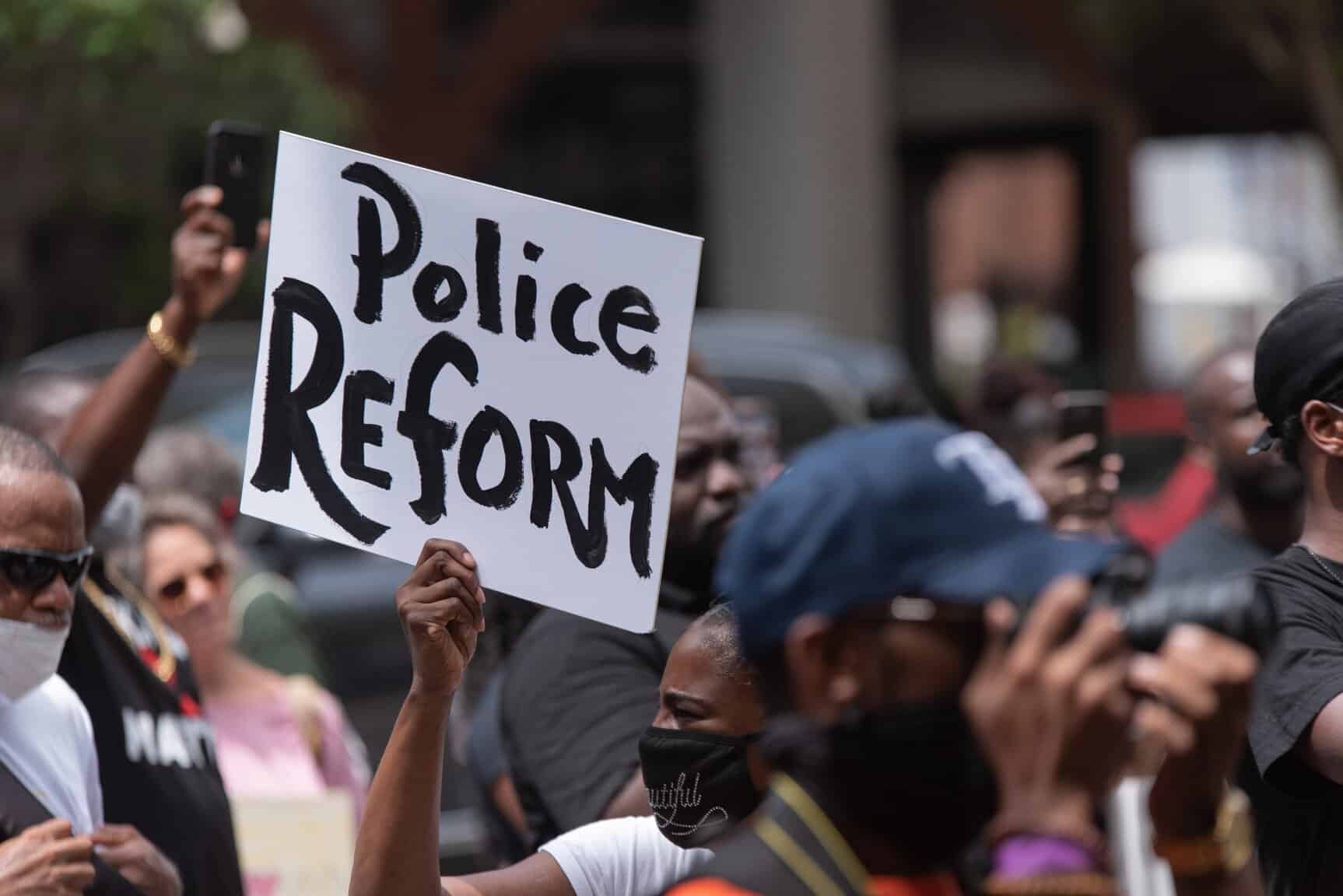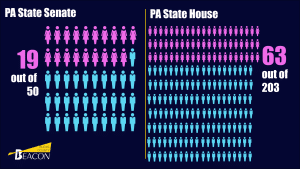Several Christmases ago, Langhorne residents Kayma Sherman-Knuckles and her husband hosted a family celebration. When one of the nephews got out of hand, Kayma’s husband asked him to leave. “Outside he got even more belligerent. He started banging on the windows, throwing snow inside the house. We had kids inside. We didn’t want to call the police, but we wanted to do the right thing. My husband ended up getting arrested on Christmas Day.”
Sherman-Knuckles recalled the moment the police arrived. Her nephew had run off and her husband waited on the front lawn to explain to the officers that after he’d called for help – the young man fled knowing the police were on their way. Sherman-Knuckles watched as the police told her husband he was under arrest. “He struggled, saying, ‘No, it’s not me. I’m the one who called you.’” The police then accused him of resisting arrest. She couldn’t believe her eyes, “For me, they should have spent their time looking for our nephew.”
The couple got a lawyer who encouraged them to take a plea deal. “He said, ‘It’s your word against the cops.’ He said, ‘Take a plea deal and get on with your life.’ But he [my husband] can’t move on with his life because now he has a record. He can’t even drive an Uber.”
For Sherman-Knuckles the whole event was, and is, traumatizing. “My husband wouldn’t let me go to court. He told me he cried like a baby in the courtroom … pleading guilty to something he didn’t do.”
Stories like this compound the personal experiences of Karen Downer, President of the NAACP Bucks County. Downer’s own family uses extreme caution when navigating the outside world. During one of the myriad occasions of racial conflict mishandled by the responding officers in this country, Downer recounted the story of a white man moving to a family member’s neighborhood and abusing the local kids. Downer herself, witnessed the cruelty. “He was constantly doing things to frighten them. The man almost killed one child with his car.” Having had enough of this man’s abuse, the parents called the police. “The police arrested an older [Black] man and some of the children. But they never even talked to the white man that had caused the trouble.”
READ: The Way We Treat Our Unhoused Neighbors Is Criminal
Citing fear at traffic stops and a reluctance to call for help, Downer grieves the bias shown against people of color. “It makes me want to cry to think of what people have to do to be safe, just because of how they look.” Following the murder of George Floyd and in response to mountains of anecdotal evidence similar to that shared by Sherman-Knuckles, Downer, and numerous others across Bucks County, the NAACP Bucks County commissioned a survey of municipal police departments.
Last week the Re-Imagining Public Safety (RIPS) team announced the results of their study – one that attempted to include all 39 municipal police departments in the county. However, depending on the information requested, as many as 15 departments completely ignored their requests for data.
Intended to collate racial demographics for everything from traffic stops to use of force and other complaints, the report instead revealed that – for the most part – none of this data existed.
Unavailable at the local level, Downer and the members of her team thought they might access racial demographics regarding police interaction through the county government. “We met with the commissioners and thought they would have the information because they were head of the government … but there really wasn’t any oversight. That led to us finding out that they [law enforcement agencies] didn’t have to keep track of their data in the same way.”
John Blevins, Volunteer Policy Researcher and Data Analyst who drafted the report, put the deficient data he received from individual police departments up against the only racial data available – arrest statistics compiled by the Pennsylvania State Police and submitted to the FBI.
Initially, the lack of information coming from the local police departments surprised Blevins. “I expect a lot more data to be publicly accessible. But there wasn’t anything but state police data. We could only compare racial demographics for arrests and use of force that resulted in death or bodily injury.” Based on the lack of information collected by the local police forces, there was no way for the study to quantify the number of altercations with the police and people of color. What they do know from the FBI data, depending on the offense, Black and multi-race individuals are arrested at two or three times the frequency of their white counterparts.
READ: Philadelphia Reduces School-based Arrests by 91% Since 2013
NAACP Bucks County Criminal Justice Committee member Helen Tai, recognizing a need for oversight, suggests requiring law enforcement keep track of any data regarding race and police interaction. Similar to the federal mandate for law enforcement to report the race of suspects arrested and/or injured during confrontations with the police. Tai surmised, “We are hoping some of the work we’ve done will shine a light on better metrics and better metrics equal better outcomes.” Putting it conversely, she emphasized, “If you can’t measure it, you can’t fix it.”
And while there is no uniformly compiled, transparent information about police interactions with residents in Bucks County, the report did lay bare several inadequacies in the way municipal police forces operate. Based on the 17 departments responding to questions regarding use of force, “African Americans were the subject of physical force by police in numbers approximate five times their representation in the county population.”
Additionally, the report finds that, “Complaints against police are a tightly held secret.” And while six of the police departments claimed there had been no complaints against their forces since 2014, “National advocates for policing oversight have noted that lack of accurate information regarding police misconduct may be largely due to barriers to reporting.” Or as Sherman-Knuckles sees it, “I have cousins who won’t tell their story because they’re afraid. I can’t blame them for not wanting to tell on the police. I mean, it’s hard to walk into a police station to report a cop.”
For the NAACP Bucks County, this week’s findings are the beginning, not the end of their efforts. Tai believes that people in the position of authority over police departments may have to require additional data, “to keep everybody safe.” Saying the quiet part out loud – that people of color are less safe from harassment and subsequent altercations with the law. Consequently, Tai feels policing policy may require, “legislative change.”
According to the National Conference of State Legislatures, mandating law enforcement record data on interactions with the public is already the law in 23 states and the District of Columbia.
Downer thinks the remaining jurisdictions across the nation should likewise require police departments record data and make it publicly available. If law enforcement agencies faced mandates, the current NAACP report would have taken a better inventory of racial profiling or the lack thereof in Bucks county municipal police departments.
Downer concluded her feelings about the current report.
“What wasn’t a surprise was the end point of the data. As a Black person I knew very well that Black people were getting pulled over more. As Black persons when our children learn to drive, we saddle them with practices for when they get pulled over, because they will be pulled over.”







